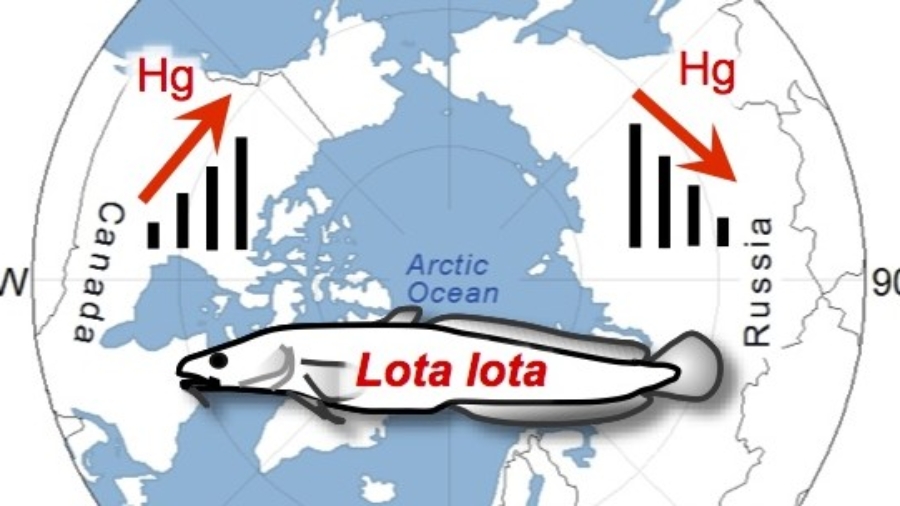NEW PROJECT: An interdisciplinary project aiming to:
(i) measure historical human impacts on river-floodplains of the Amazon
(ii) quantify relations among fish, forests, grasslands, and human welfare, and
(iii) identify expected outcomes under simulated conditions of increased resource demand and climate change.

The project is funded by the National Aeronautics and Space Administration (NASA). Participants include Laura L. Hess (University of California, Santa Barbara), David G. McGrath and Michael T. Coe (The Woods Hole Research Center), Victoria J. Isaac (the Universidade Federal do Pará, Brazil), and Frank Merry and Greg Amacher (Virginia Tech). Our lab contributes to this project by quantifying and modeling the influences of hydrological alteration and floodplain vegetation cover on fisheries productivity.
Read more about this project.




